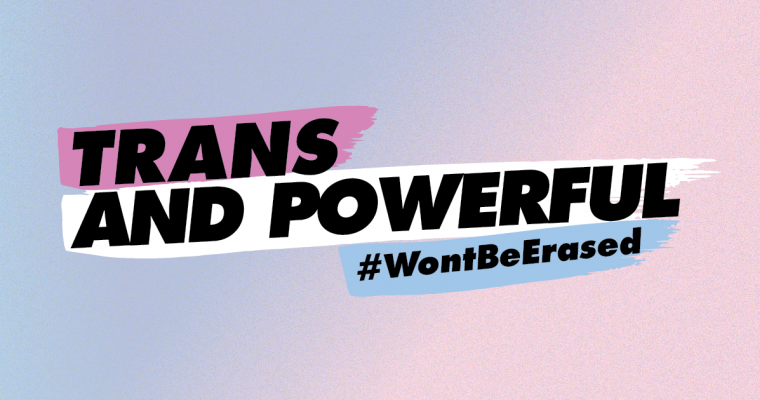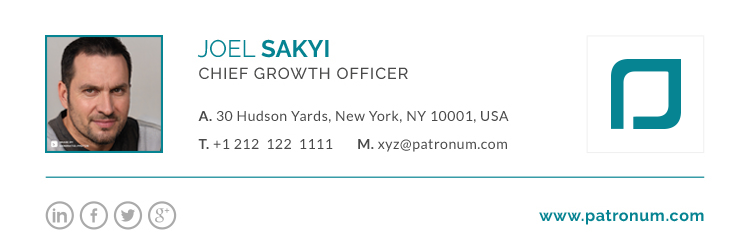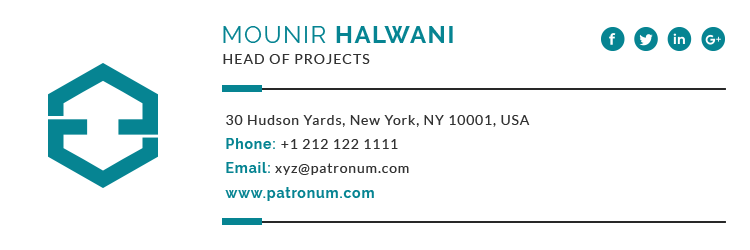Trans Awareness Week, November 13 – 19, a week to help raise the visibility of transgender and gender non-conforming people, and address the issues the community faces. Tomorrow, the 20th of November, we remember those who have been killed as a result of anti-transgender hatred and prejudice. The Transgender Day of Remembrance began to honour Rita Hester, a Black trans woman who was murdered in her Boston apartment on the 28th November 1998.

We can all do our part, we have the power to change our culture and make our community and the World a much safer place for all LGBTQ+ people, and it starts with our something as simple as words.
Use their preferred pronouns
Using an individual’s pronouns shows respect for and acknowledgement of their gender and identity. One of the best ways to do that is to introduce yourself and your pronouns to give them the opportunity to share theirs. We recommend that you include your pronoun within your email signature.
The following are examples of pronouns that people use, in order of nominative, objective, possessive determiner, possessive pronoun, and reflexive:
- She, her, her, hers, and herself
- He, him, his, his, and himself
- They, them, their, theirs, and themself
- Ze/zie, hir, hir, hirs, and hirself
- Xe, xem, xyr, xyrs, and xemself
- Ve, ver, vis, vis, and verself
Use gender-inclusive language
Using gender-inclusive language is an easy but powerful way to respect, support and include the transgender and nonbinary community. Avoid gender-based phrases like “ladies and gentlemen”, “you guys” and “he or she,” among other gender-specific phrases and words. Instead, you can use “neighbors and friends”, “you all” and “they.”=
This Trans Week of Awareness, we challenge you to be more cognizant of your words. Honouring chosen names and pronouns and using gender-inclusive language is not just polite – it can save lives.









 Download Signature
Download Signature
















